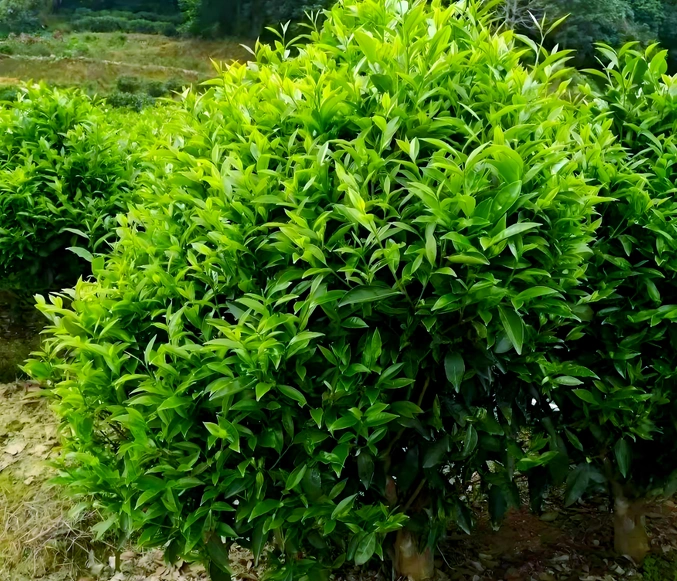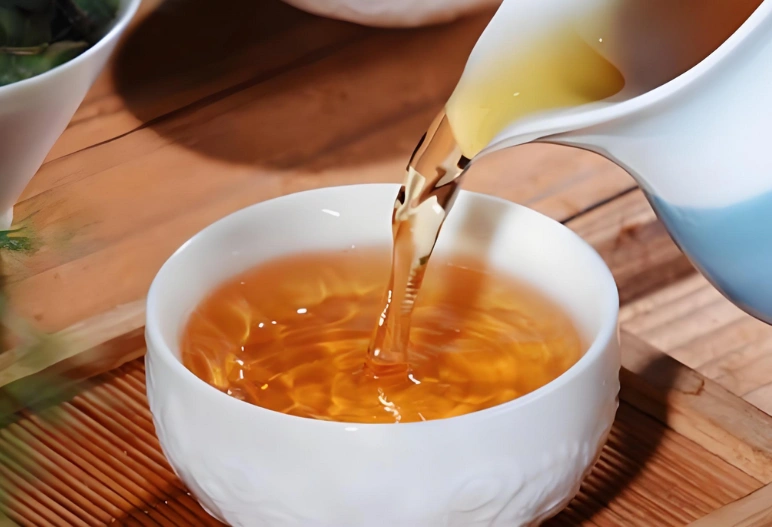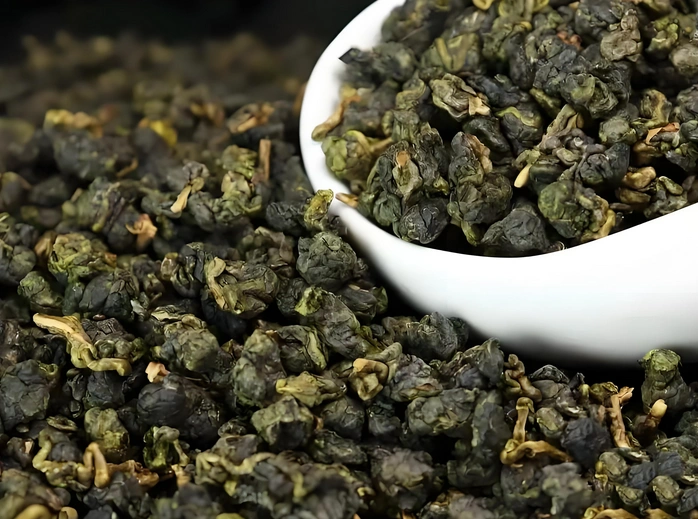Oolong tea caffeine content unlocks a world of balanced energy—never the jittery spike of coffee, yet more enlivening than most herbal infusions. Picture a warm, jade-hued cup, its fragrant steam swirling with soft floral notes and a whisper of roasted grains. With each sip, a soothing clarity washes over you, sharpening focus without the afternoon crash.
In this guide, we’ll explore everything you need to know about oolong tea caffeine content: what determines its levels, how it compares to coffee, tips for office workers, and mindful brewing strategies to dial in your perfect pick-me-up.
Why Caffeine Matters and How It Affects You
Caffeine is a natural stimulant that blocks adenosine receptors in your brain, reducing fatigue and boosting alertness. Yet too much can trigger jitters, anxiety, and disrupted sleep. Understanding oolong tea caffeine content empowers you to enjoy steady uplift—gentle yet effective—while avoiding unwanted side effects.
What Is Oolong Tea? From Leaf to Cup
Oolong tea is partially oxidized, straddling the worlds of green and black tea. After withering, leaves are gently bruised and allowed to oxidize anywhere from 10% to 70%, creating a spectrum of aromas:
- Lightly oxidized oolongs (10–30%) yield floral, fresh notes.
- Heavily oxidized oolongs (50–70%) develop rich, roasted, toasty flavors.
This precise craftsmanship not only shapes taste but also influences oolong tea caffeine content, as oxidation affects how caffeine binds within leaf structures.

Average Oolong Tea Caffeine Content
On average, an 8-ounce cup of oolong tea contains 30–50 mg of caffeine, placing it between green tea (20–35 mg) and black tea (40–70 mg). Factors can push this range up or down:
- Tea variety and harvest time
- Leaf grade (buds vs. mature leaves)
- Brewing method and steep duration
Compared to an 8-ounce cup of coffee (95 mg on average), oolong tea caffeine content offers a moderate boost—enough to awaken your mind without overloading your system.
Oolong Tea Caffeine vs. Coffee: Comparing Your Options
| Aspect | Coffee | Oolong Tea |
|---|---|---|
| Caffeine | ~95 mg per 8 oz | 30–50 mg per 8 oz |
| Onset | Quick spike | Gradual release |
| Crash Risk | High, 2–3 hours post-brew | Low, sustained energy |
| Other Compounds | Little else beneficial | L-theanine, polyphenols |
| Digestive Impact | Acidic, can upset stomach | Smoother, gut-friendly |
By choosing oolong, you sidestep the jitter-crash cycle of coffee and gain calming L-theanine—an amino acid that promotes relaxed alertness.
Oolong Tea as Coffee Alternative: Gentle, Smooth Energy
Many have discovered oolong tea as coffee alternative, enjoying:
- Milder caffeine that reduces anxiety
- Enhanced focus thanks to L-theanine synergy
- Richer flavor journey, from floral highs to toasty finishes
Swap your espresso shot for a well-crafted oolong infusion, and feel the difference in stable mood and productivity.
Factors That Influence Oolong Tea Caffeine Levels
Oxidation & Processing
- Light oolongs (e.g., Baozhong) retain more green-tea-like caffeine binding, often yielding slightly higher extractable caffeine.
- Dark-roasted oolongs (e.g., Wuyi rock teas) can release caffeine more slowly due to altered leaf structure.
Leaf Grade & Harvest Time
- Spring buds and early leaves pack more caffeine than later summer harvests.
- High-grade “petite” leaves often yield stronger cups per gram.
Brewing Temperature & Steep Time
- Hotter water (95–100 °C) extracts more caffeine.
- Longer steep (3–5 min) increases caffeine concentration.
- Multiple short steeps (gongfu style) yield controlled, layered caffeine release.
By adjusting these variables, you can fine-tune oolong tea caffeine content to your needs.

🔗 To learn more about how to make tea, check out Tanbiwencha’s YouTube video explaining how to make tea.
Oolong Tea for Office Workers: Sustained Focus Without the Crash
For busy professionals, oolong tea for office workers offers an ideal solution:
- Mid-morning clarity: Replace sugary soda with a 3-min steep of lightly oxidized oolong.
- Post-lunch stability: A second cup guards against the “afternoon slump” without overstimulation.
- Evening wind-down: Choose a lower-caffeine variety or shorter steep to avoid sleep disruption.
Keep a thermos of your favorite oolong at your desk—sip mindfully between emails for calm, resilient focus.
Other Benefits Alongside Caffeine
Dark Tea Detox Benefits (Brief Comparison)
While dark teas (post-fermented) offer deep detox compounds, oolong shares some attributes:
- Polyphenols that support liver pathways
- Organic acids aiding gentle detox
- **Synergy with dark tea detox benefits—mixing oolong and dark tea in rotation can broaden your health profile.
Digestive Support & Gut Health
Polyphenols in oolong help dark tea digestion, smoothing stomach comfort and nurturing dark tea for gut health—especially after heavy meals. A cup of oolong can soothe digestion and maintain balance.
How to Brew Oolong Tea to Dial In Your Caffeine
- Preheat Teaware: Rinse pot or gaiwan with hot water.
- Measure Leaves: 5 g per 200 ml water.
- Rinse: Quick 5 s rinse to awaken aroma.
- First Steep: Use 90–95 °C water, steep 1 min for strong flavor and moderate caffeine.
- Subsequent Steeps: +15 s each, up to 5 infusions.
- Adjust: Shorter steep = less caffeine; cooler water = gentler extraction.
Experiment to find your perfect balance of taste and energy.
Top Oolong Varieties by Caffeine Level
- Baozhong (Light Oolong): Floral, highest caffeine among oolongs.
- Tieguanyin (Medium Oolong): Balanced caffeine and complex aroma.
- Wuyi Rock Tea (Dark Oolong): Lower caffeine release, rich mineral notes.
- Oriental Beauty: Insect-bitten leaves yield medium caffeine and honeyed flavor.
Rotate through these to tailor your energy and flavor profile each day.

Tips for Enjoying Oolong Tea Responsibly
- Monitor total caffeine: Combine oolong with other sources (coffee, energy drinks) thoughtfully.
- Stay hydrated: Tea can be mildly diuretic—balance with water.
- Listen to your body: If jittery, switch to lower-caffeine or shorter steeps.
- Quality matters: Choose whole-leaf, reputable sources for consistent caffeine and health benefits.
Conclusion & First-Sip Recommendations
Understanding oolong tea caffeine content empowers you to sip with confidence—embracing gentle vigor without the crash. Start your day with a bright Baozhong infusion, enjoy Tieguanyin after lunch for mid-day focus, and unwind with a brief steep of Wuyi rock tea as evening approaches. Combine the art of brewing with mindful tasting, and let oolong be your trusted ally for balanced energy, clear thinking, and exquisite flavor—one graceful cup at a time.



